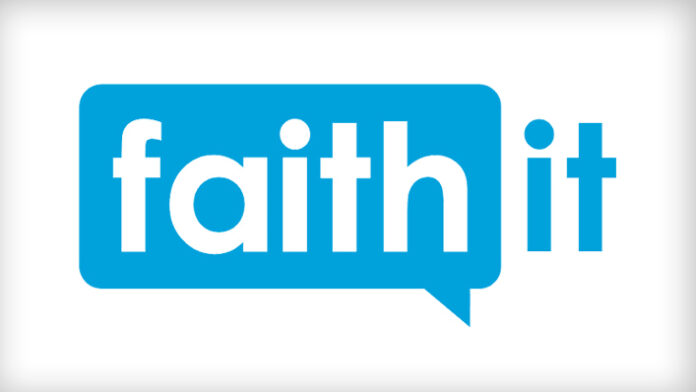Between the sex-crazed culture we live in and the easy accessibility of smartphones today, it probably comes as no surprise that sexting is on the rise.
“I want girls to realize that we are worth more than our bodies and I want parents to not be naive that oh my kids are too good. They’re not gonna do that.” – Makayla
But new research published this week sheds light on exactly how much along with the habits of sexters, and the results are quite shocking.
Parents may think they know their teens, but it’s unlikely that one in three believes their son or daughter could be involved in such scandalous behavior.
According to the Journal of the American Medical Association (JAMA) Pediatrics, 15 percent of teens are sending sexts, while 27 percent are receiving them. The findings were reportedly achieved through 39 studies involving 110,380 participants around the world, with the average age being 15. Locations evaluated included the United States, South Africa, Belgium, and the Netherlands, among others.
JAMA defines sexting as “the sharing of sexually explicit images, videos, or messages through electronic means.”
One of the first ever studies conducted on teen sexting was performed in 2009 before the use of smartphones was so widespread. In startling contrast to the 2018 findings, only 4 percent and 15 percent of youth between ages 12 and 17 reported sending and receiving sexts, respectively.
The head researcher for the study, Sheri Madigan, commented on just how essential it is for parents to be in the know about the prevalence of this behavior:
“This is a pressing concern for most parents, as well as educators, who are navigating conversations around sexual behavior and digital health and citizenship with teens. We knew teens were sexting, but we didn’t know how many. Getting an accurate sense of how often sexting is happening is helpful for parents, health care professionals, educators, etc., who are having to talk to kids about this behavior.”
A key trend researchers noted is that over the last eight years, sexting has become increasingly popular with older teens and is prevalent among both girls and boys.
Unsurprisingly, personal devices like iPhones are the primary communication channel used.

“We weren’t surprised by the findings because the exploration of sexuality is a normal part of adolescence,” said Madigan. “Smartphone ownership among teens is near universal. So the fact that those two worlds are colliding did not surprise us.”
But what was rather alarming is the number of teens sending sexually explicit images without consent. At least 12 percent of teens are guilty of forwarding them without the permission of those involved, and almost 8.5 percent have had their sexts passed along with no consent.
While further studies are needed, researchers believe these findings could be the launching pad for privacy legislation in regard to sexting. As it’s been linked to problems like bullying and declining psychological health, it is an area of study that parents should certainly be concerned about exploring.
As a word of advice to parents, Madigan says, “be proactive, not reactive, about sexting, and digital citizenship and health more broadly” and “have open conversations early and often, not just when concerns surface.”

